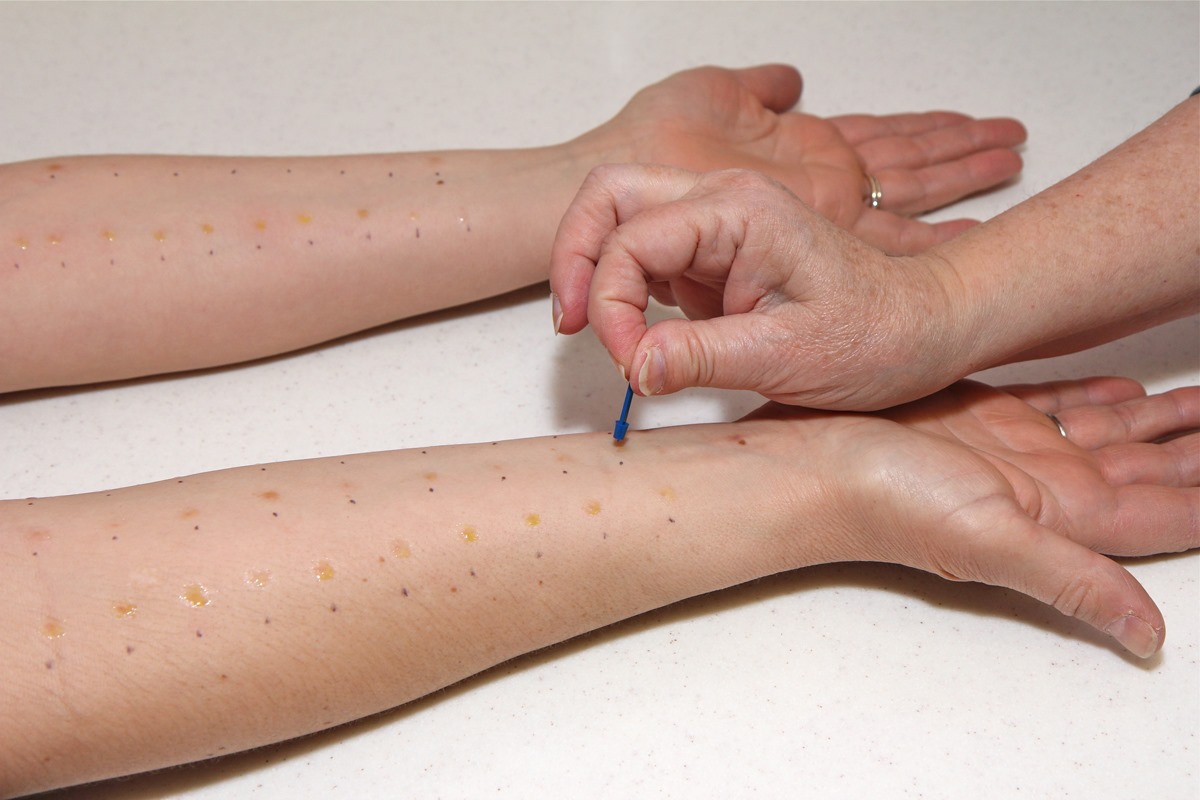
The Casoni Test is a fascinating diagnostic tool used in the medical field. Ever wondered how doctors detect hydatid disease? This test, developed by Italian physician Tomaso Casoni in 1912, involves injecting a small amount of hydatid fluid under the skin. If a red, itchy bump appears, it indicates a positive reaction. While modern techniques have largely replaced it, the Casoni Test remains a significant milestone in medical history. Understanding its role helps appreciate the evolution of diagnostic methods. Ready to dive into 25 intriguing facts about this test? Let’s get started!
Key Takeaways:
- The Casoni Test, developed in 1912, helped diagnose hydatid disease, but modern methods like ELISA and imaging have replaced it for more accurate results.
- The Casoni Test, a historical medical tool, paved the way for advanced diagnostic techniques, but it has limitations and potential risks compared to modern alternatives.
What is the Casoni Test?
The Casoni Test is a medical diagnostic tool used to detect hydatid disease, caused by the Echinococcus parasite. This test, though not commonly used today, played a significant role in the early diagnosis of this parasitic infection.
- The Casoni Test was developed by Italian physician Tomaso Casoni in 1912.
- It involves injecting a small amount of hydatid fluid intradermally.
- A positive reaction typically results in a raised, red area on the skin.
- The test was primarily used to diagnose Echinococcus granulosus infections.
- Hydatid disease mainly affects the liver and lungs but can impact other organs.
Historical Significance of the Casoni Test
Understanding the historical context of the Casoni Test helps appreciate its importance in medical history. Here are some key points about its historical significance.
- Before the Casoni Test, diagnosing hydatid disease was challenging and often inaccurate.
- The test provided a relatively simple and quick method for early detection.
- It was widely used in the early 20th century, especially in endemic areas.
- The development of the test marked a significant advancement in parasitology.
- Despite its decline in use, it paved the way for more advanced diagnostic techniques.
How the Casoni Test is Performed
The procedure for conducting the Casoni Test is straightforward but requires precision. Here’s a step-by-step look at how it’s done.
- A small amount of sterile hydatid fluid is prepared.
- The fluid is injected intradermally, usually on the forearm.
- The injection site is observed for 20-30 minutes.
- A positive reaction is indicated by a wheal and flare response.
- The test is considered positive if the reaction is larger than 5 mm in diameter.
Limitations and Risks of the Casoni Test
Like any medical procedure, the Casoni Test has its limitations and potential risks. It’s important to be aware of these when considering its use.
- False positives can occur, leading to unnecessary anxiety and further testing.
- False negatives are also possible, especially in early or latent infections.
- The test can cause allergic reactions in some individuals.
- It is less specific compared to modern diagnostic methods like ELISA.
- The test is not recommended for routine screening due to its limitations.
Modern Alternatives to the Casoni Test
With advancements in medical technology, several modern alternatives have replaced the Casoni Test. These alternatives offer more accurate and reliable results.
- Enzyme-linked immunosorbent assay (ELISA) is now commonly used for detecting hydatid disease.
- Imaging techniques like ultrasound, CT scans, and MRI provide detailed views of cysts.
- Polymerase chain reaction (PCR) tests can detect Echinococcus DNA in blood samples.
- Serological tests are more specific and sensitive compared to the Casoni Test.
- Modern diagnostic methods have significantly reduced the reliance on the Casoni Test.
Final Thoughts on the Casoni Test
The Casoni Test might seem like a relic from the past, but it played a crucial role in diagnosing hydatid disease. Though modern techniques have largely replaced it, understanding its history gives us insight into medical advancements. The test involved injecting hydatid fluid under the skin and observing for a reaction, which indicated the presence of the disease. Despite its simplicity, it had limitations, like false positives and the risk of severe allergic reactions.
Today, imaging techniques and serological tests offer more accurate and safer alternatives. However, the Casoni Test remains a testament to the ingenuity of early medical practitioners. It reminds us how far we've come in the field of diagnostics. So, next time you hear about cutting-edge medical technology, remember the humble beginnings that paved the way.
Frequently Asked Questions
Was this page helpful?
Our commitment to delivering trustworthy and engaging content is at the heart of what we do. Each fact on our site is contributed by real users like you, bringing a wealth of diverse insights and information. To ensure the highest standards of accuracy and reliability, our dedicated editors meticulously review each submission. This process guarantees that the facts we share are not only fascinating but also credible. Trust in our commitment to quality and authenticity as you explore and learn with us.
